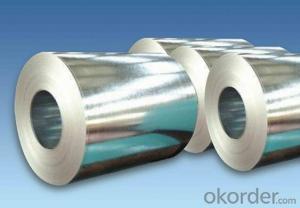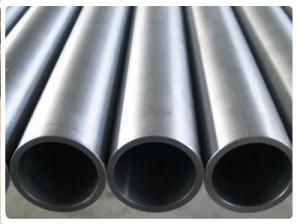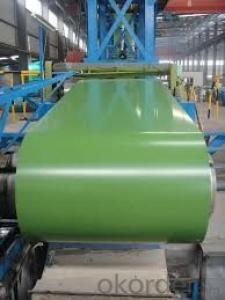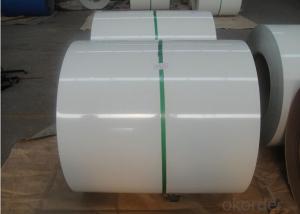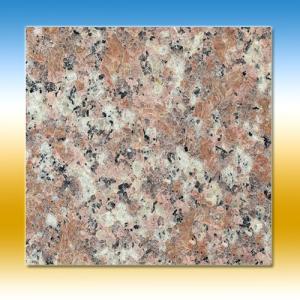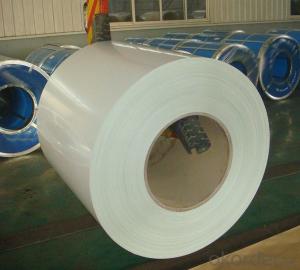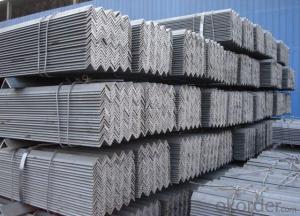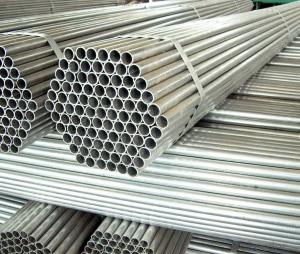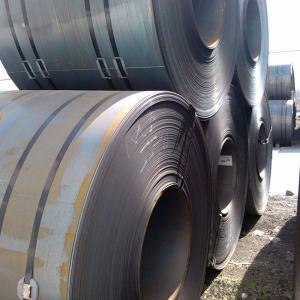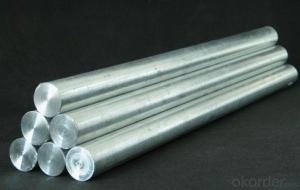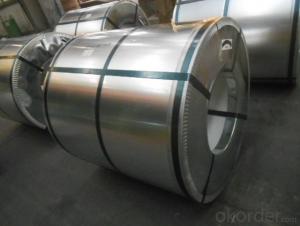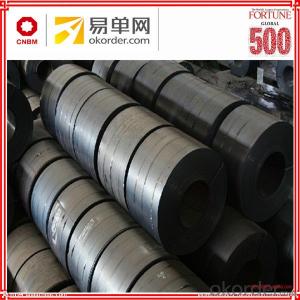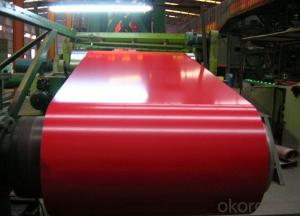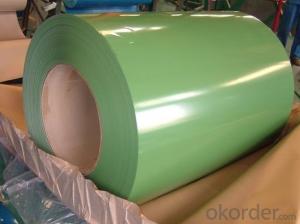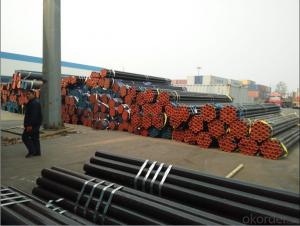All Categories
- - Steel Wire Rod
- - Steel Coils
- - Steel Profiles
- - Steel Pipes
- - Stainless Steel
- - Tinplate
- - Special Steel
- - Steel Sheets
- - Steel Rebars
- - Steel Strips
- - Hot Rolled Steel
- - Cold Rolled Steel
- - Pre-painted Steel
- - Seamless Steel Pipe
- - Welded Steel Pipe
- - Hollow Steel Tubes
- - Galvanized Pipe
- - Stainless Steel Coil
- - Stainless Steel Sheet
- - Stainless Steel Plate
- - Stainless Steel Strips
- - Electrolytic Tinplate Coil
- - Electrolytic Tinplate Sheet
- - Stainless Steel Rebars
- - Solar Panels
- - Solar Water Heater
- - Solar Related Products
- - Solar Inverter
- - Solar Cells
- - Solar Light
- - Solar Energy Systems
- - Solar Controllers
- - Solar Mounting System
- - Solar Pump
- - Solar Chargers
- - Fiberglass Chopped Strand
- - Fiberglass Mesh Cloth
- - Composite Pipes
- - FRP Pultrusion Profiles
- - Fiberglass Mat Tissue
- - Fiberglass Fabrics
- - Fiberglass Mesh
- - Composite Tank
- - Fiberglass Mesh tape
- - Polymer
- - FRP Roofing Panel
- - Fiberglass Roving
- - Monolithic Refractories
- - Ceramic Fiber Products
- - Refractory Bricks
- - Raw Materials For Refractory
- - Suspended Platform
- - Cranes
- - Concrete Machinery
- - Earthmoving Machinery
- - Building Hoist
- - Road Building Machinery
- - Plastic Pipe Fittings
- - Plastic Tubes
- - Plastic Sheets
- - Agricultural Plastic Products
- - Plastic Nets
 All Categories
All Categories
Q & A
What are the challenges and advancements in cold-rolled steel production with a focus on sustainability?
One of the main challenges in cold-rolled steel production with a focus on sustainability is reducing the environmental impact of the process. Cold-rolled steel production requires a significant amount of energy and resources, which can contribute to greenhouse gas emissions and depletion of natural resources.
To address this challenge, advancements in technology and processes have been made to improve energy efficiency and minimize waste. For instance, the use of energy-efficient equipment, such as electric arc furnaces, can reduce energy consumption and emissions compared to traditional blast furnaces. Additionally, recycling and reusing steel scrap can significantly reduce the need for raw materials and minimize waste generation.
Another challenge is ensuring the sustainability of the entire supply chain. This involves monitoring and managing the environmental and social impacts at every stage, from raw material sourcing to manufacturing and distribution. Implementing sustainable sourcing practices, such as using recycled materials or procuring from responsible suppliers, can help reduce the environmental footprint and promote ethical practices.
Advancements in cold-rolled steel production also include the development of new alloys and coatings that improve the durability and corrosion resistance of the steel. This extends the lifespan of the steel products, reducing the need for frequent replacement and ultimately decreasing resource consumption and waste generation.
Overall, the challenges in cold-rolled steel production with a focus on sustainability revolve around reducing energy consumption, minimizing waste, ensuring responsible sourcing, and improving product durability. Advancements in technology, processes, and material development are continuously being made to address these challenges and promote a more sustainable steel industry.
Can you explain the role of tension bridging in ensuring the quality of cold-rolled steel coils?
Tension bridging plays a crucial role in ensuring the quality of cold-rolled steel coils. It involves applying controlled tension during the rolling process to prevent the occurrence of waviness or buckling in the coils. By maintaining uniform tension across the coils, tension bridging helps to minimize defects such as edge cracking, coil breaks, or center buckles. This ensures that the cold-rolled steel coils possess the desired flatness, dimensional accuracy, and overall quality required for various industrial applications.
Can you describe the process of leveling and cutting cold-rolled steel sheets?
The process of leveling and cutting cold-rolled steel sheets involves several steps. First, the cold-rolled steel sheets are uncoiled and fed into a leveling machine. This machine uses a set of rollers to remove any residual stress and flatness defects in the steel sheets. The sheets then go through a series of leveling rolls that progressively bend or stretch the material until it is completely flat.
Once the leveling process is complete, the sheets are ready for cutting. This is done using a variety of cutting tools such as shears, saws, or laser cutters. The specific cutting method depends on the desired dimensions and shape of the final product.
During the cutting process, precise measurements are taken to ensure accurate and uniform cuts. The sheets may also undergo additional processes such as edge trimming or deburring to remove any sharp edges or burrs.
Overall, the process of leveling and cutting cold-rolled steel sheets involves uncoiling, leveling to eliminate defects, and then cutting according to desired dimensions using various cutting tools.
What are the common alloys used in cold-rolled steel?
The common alloys used in cold-rolled steel include carbon steel, stainless steel, and alloy steel.
Wholesale Cold Rolled Steel from supplier in Vietnam
Our team of experts will guide you through the entire process, from selecting the right Cold Rolled Steel products for your specific requirements to ensuring timely delivery to your doorstep. We understand the importance of quality and reliability in the steel industry, which is why we only work with trusted manufacturers who adhere to strict international standards.
In addition to our sales and procurement services, we also provide comprehensive technical support to assist you with any queries or challenges you may encounter during your project. Our knowledgeable staff is always ready to offer solutions and recommendations to optimize your Cold Rolled Steel usage and maximize the efficiency of your operations.
At CNBM Vietnam, we pride ourselves on our commitment to customer satisfaction. We strive to build long-lasting relationships with our clients by providing excellent service, competitive pricing, and timely delivery. Our goal is to become your trusted partner in Cold Rolled Steel procurement, ensuring that you have the materials you need, when you need them.
While working with us, you will also have the opportunity to experience the vibrant culture and rich history of Vietnam. From exploring the bustling streets of Hanoi to relaxing by the stunning beaches of Da Nang, Vietnam offers a plethora of attractions and activities for you to enjoy during your stay.
Choose CNBM Vietnam as your Cold Rolled Steel supplier and let us handle all your procurement needs. Contact us today to learn more about our services and how we can assist you in your projects.
In addition to our sales and procurement services, we also provide comprehensive technical support to assist you with any queries or challenges you may encounter during your project. Our knowledgeable staff is always ready to offer solutions and recommendations to optimize your Cold Rolled Steel usage and maximize the efficiency of your operations.
At CNBM Vietnam, we pride ourselves on our commitment to customer satisfaction. We strive to build long-lasting relationships with our clients by providing excellent service, competitive pricing, and timely delivery. Our goal is to become your trusted partner in Cold Rolled Steel procurement, ensuring that you have the materials you need, when you need them.
While working with us, you will also have the opportunity to experience the vibrant culture and rich history of Vietnam. From exploring the bustling streets of Hanoi to relaxing by the stunning beaches of Da Nang, Vietnam offers a plethora of attractions and activities for you to enjoy during your stay.
Choose CNBM Vietnam as your Cold Rolled Steel supplier and let us handle all your procurement needs. Contact us today to learn more about our services and how we can assist you in your projects.
